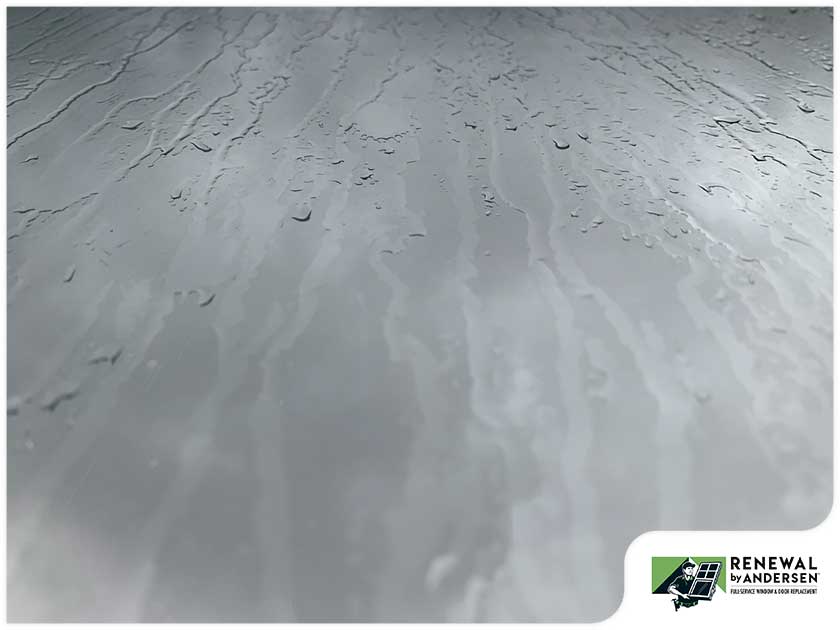

When you change the temperature indoors, you may notice some of your windows fogging up. This phenomenon is called condensation. It usually appears when moisture in the air collects on a surface in small water droplets. While this may not be an emergency, there may be instances wherein condensation is a sign of an underlying window issue.
To learn more about this issue, take the time to read this article from Renewal by Andersen® of New Jersey. In this post, we will explain what causes window condensation.
Window condensation is often caused by an excessive amount of humidity in your home. For instance, during the winter season, you are likely to be turning on your heating system for warmth indoors. As such, the warm air inside the house may form condensation on the inside of your window as it hits the cold surface of the window. Condensation can occur on hot days as well. As your air conditioning cools your home on a hot summer day, condensation may build up on the outside of your window.
After a window replacement, you may also notice condensation on your new window. Since the air cannot circulate in and out, the tight seal of your window results in higher relative humidity in your home. For this reason, once you have replaced your drafty window with a more efficient one, you may experience condensation since it’s impossible for the humid air to escape.
While window condensation is a normal occurrence, it may still be bothersome for you. To reduce condensation, be sure to lower the amount of moisture in your home. Here are some easy tips to consider:
Open curtains and blinds. They may be trapping the humid air between the window treatment and the glass, so tie back your curtains and raise your blinds to prevent condensation.
Use ventilation fans. When you’re using hot water, a lot of humidity is released into your home. Thus, try running a vent fan in the bathroom or kitchen and leave it on for 10-15 minutes to let the warm air out.
Turn down the thermostat. When air warms up, it expands and allows more moisture to be trapped in the molecules. Consider turning down your thermostat slightly to reduce the humidity indoors.
If you’ve cannot wipe the condensation that develops on your window panes, you may be facing an underlying issue. Typically, the space between panes of glass is filled with an inert gas. This gas provides an insulating layer for your home. The space should be completely sealed to keep the inert gas in. Thus, if condensation has formed between the panes, it may be a sign that your window seal has failed.
For inquiries regarding issues with your window or doors, get in touch with Renewal by Andersen of New Jersey. Call us today at (866) 609-5033 or fill out our contact form to set an appointment. We proudly serve homeowners in New Jersey.